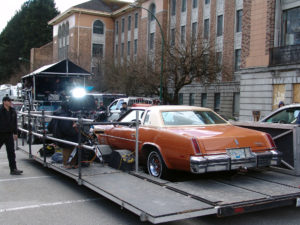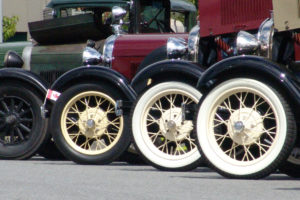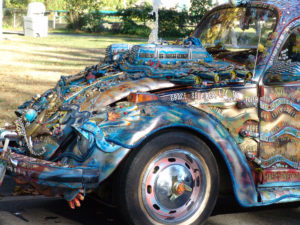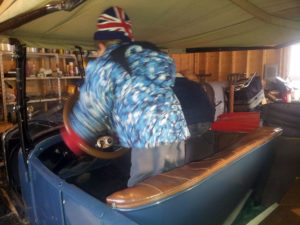Visitors to St. John’s often note the challenges they experience when attempting to navigate our roadways while driving. They cite a number of unusual ‘one way’ diversions; street names which change arbitrarily; and many intersections that converge with multiple entry and exit points. Many have wondered why we didn’t avail of the opportunity to lay out a city plan following any of the three fires that completely consumed our city in 1816, 1846 and 1892.
Actually, we did just that. If you look at a city map, you’ll see that the downtown core of St. John’s is laid out in a perfect grid. All the roads run parallel or perpendicular to the waterfront. High-density areas like Fort William, Fort Townsend and the Newfoundland Hotel were accommodated with very modern roundabouts that were perfectly designed for vehicles and horse drawn carts – that all drove on the left hand side of the road!
Until 1949, Newfoundland was a colony of England. So just like the Queen herself, and so many of her many loyal subjects, we used to drive on the ‘wrong’ side of the road. A driver heading up King’s Bridge Road could easily swing off to the left; pull up at the front entrance of the Newfoundland Hotel, drop off passengers and continue towards the waterfront without obstruction on Duckworth Street’s very straight throughway. A driver making the steep climb from the waterfront wouldn’t have to brake, clutch or even hesitate on the challenging intersection we currently face at the famous ‘Rawlin’s Cross’. Instead, we would simply swing left onto Military Road and continue west with supplies for Fort Townsend; pick up fresh produce from the farms on LeMarchant Road or stop for Sunday prayers at any of the four cathedrals found off Church Street (all conveniently built within a stone’s throw from each other during an era when we actually threw stones at each other).
So why did the chicken cross the road? After all, we didn’t switch to a left hand drive when we finally talked Canada into joining us in 1949; nor did we changeover to accommodate the ‘Friendly Invasion’ of American soldiers who arrived and settled our shores en masse during the Second World War. No, we made the migration of our own accord in 1947 when we were, get this, buying buses. Which is only fitting since there were hardly any cars in those days. After all, we had boats to get around, but if you needed to get up town, across town or to an inland town, you took the train or the streetcar.
As the city of St. John’s grew, so did the hills and our electric streetcars simply weren’t up to the task. We needed to buy more efficient, gasoline-powered buses and given the proximity to American markets, their superior technology and manufacturing processes, plus the inevitability of a new political union with the US or Canada, it only made sense to make the switch to buses and buy local right here in North America.
Now that’s what I call a green thumb even a “righty” can be proud of!
Many thanks to Max Burness who recently completed a heritage project on the subject and was kind enough to share some of his research.





